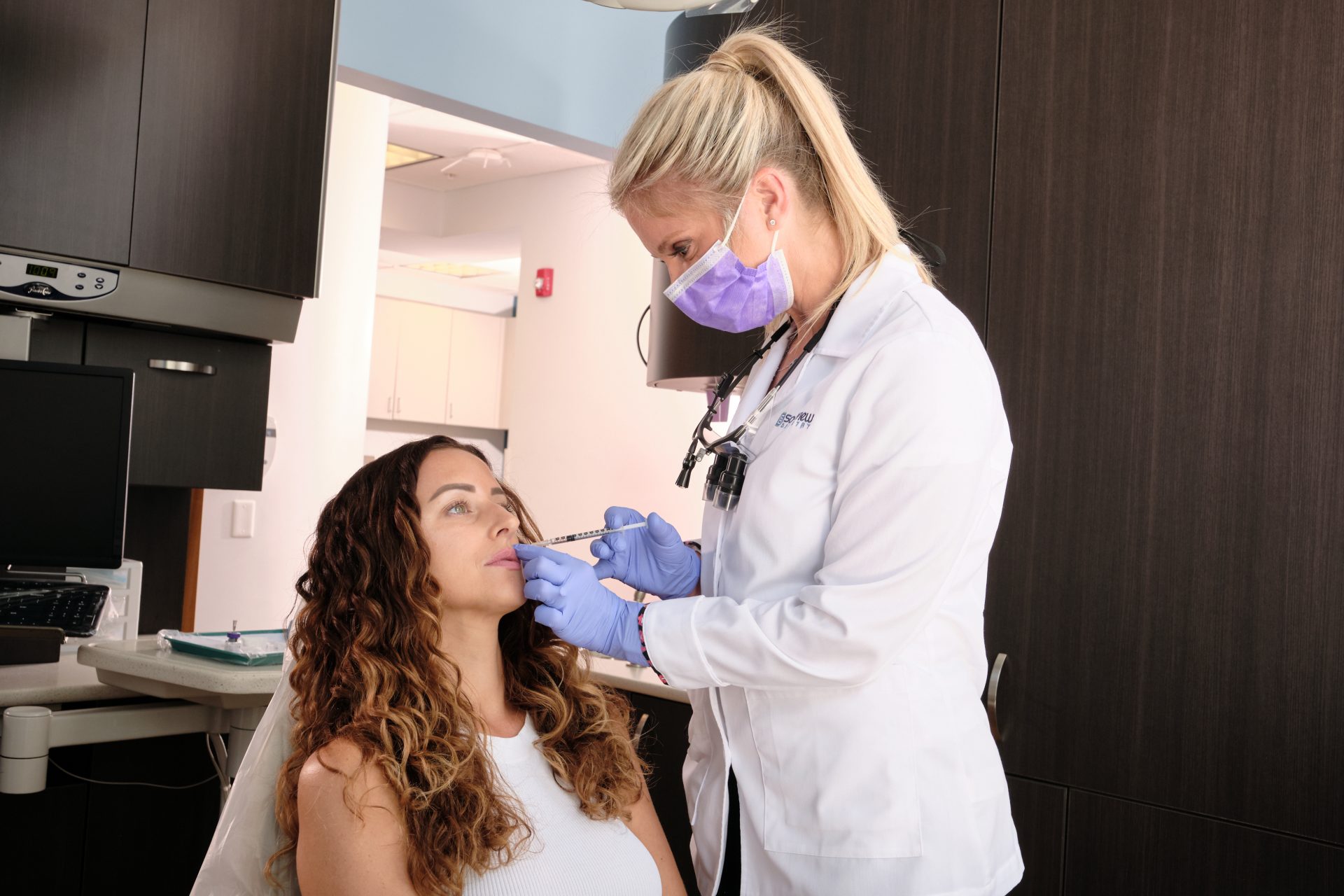
What’s the Best Way to Get Pearly White Teeth?
April 15, 2021
4 Tips for Perfect Smile and Maintain Your Pearly Whites
April 23, 2021Most people think of Botox injections as a purely cosmetic procedure. You might not even see Botox as one of the services of dental practices. However, what many don’t know is that it can also be used as a medical treatment for some orofacial cases or conditions affecting the mouth and face. This is for as long as the dental professional offering Botox in Dentistry, of course, has appropriate knowledge and training in this service.
Botox in Dentistry: Is it the Future?
Before delving into if there is any future of botox in dentistry, let’s first know about botox:
What Is Botox?
Botox is essentially a botulinum toxin drug taken from Clostridium botulinum, a bacterium. There’s an active and therapeutic neurotoxin in it that is taken, separated, and then led through a purification process in a lab. That’s how it becomes effective and safe to use as treatment.
As soon as Botox enters your system, it will attach itself to the muscle’s nerve endings. The toxin will begin to block nerve signals’ transmissions, specifically the ones that trigger contractions in muscles. Sensory neurons are not affected by Botox; it’s just the motor neurons’ nerves. Botox will remain in effect for around four months at most. If a patient wants to get another dose after this, they can.
Dental Botox
There is no separate type or form of Botox in dentistry; it’s all the same. The Journal of International Oral Health (JIOH) published a review that found Botox being used to correct a number of orofacial conditions, such as trismus (lockjaw), parafunctional clenching, extracapsular myogenic temporomandibular disorder, and even the accompanying headaches from these conditions.
For as long as there is a comprehensive treatment plan in a dental scope of practice, and not just as a procedure that stands alone, Botox can be used within a dental office for TMJ and headaches. Also, dentists who will offer Botox in their dental practice must have gotten the right education and training beforehand.
Dentists and patients should have open communication. Botox requires a certain number of appointments, including visits for maintenance. It’s also key to lay out the pros and cons of getting Botox. There is little to no down time after getting botox and results typically begin about 10 days after the treatment.
A skilled dentist treats the patient’s mouth and faces holistically. They are often the first to recognize early symptoms of various dental conditions due to their extensive knowledge of the head and face.
This same knowledge positions them to administer Botox injections for TMJ precisely. Besides, there are different reasons for jaw pain: muscle or joint. Nurse injectors usually cannot them the difference between them.
A dentist has been properly trained in how the jaw functions, which makes them experts in TMJ disorders. Botox works only on the muscle, which means it would not help with true joint pain.
On the other hand, one of the biggest downsides is that there need to be repeated injections every 3-4 months from the first dose. Cost-wise, that can add up exponentially in the long run.
Conclusion
Botox is not just for cosmetic purposes; it can also be used to treat several orofacial conditions that are usually reported in dental practices. While there are minor downsides to Botox, getting relief from orofacial conditions through Botox such as TMJ and headaches make the procedure a worthy investment. Find a trusted dental clinic offering Botox so they can discuss the pros and cons of getting it as a treatment for various orofacial conditions.
Considering getting Botox for TMJ? Get in touch with Southview Dentistry! We also offer various services, from smile makeovers and veneers to pediatric dentistry and tooth replacement. Schedule an appointment today!




